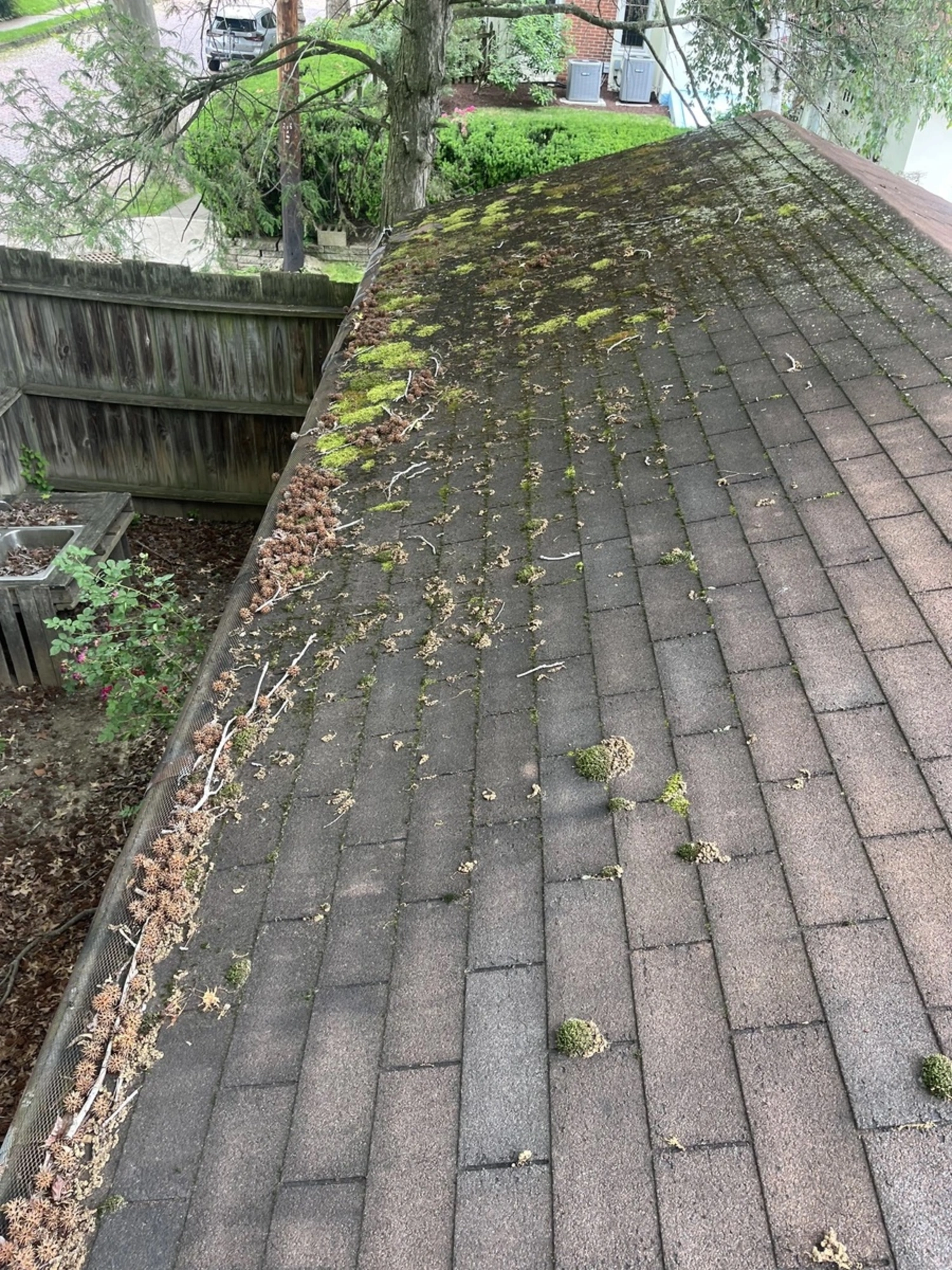Roof stains are not only unsightly but can also indicate potential damage to your roofing materials. Addressing these stains promptly can extend the life of your roof and maintain the overall appearance of your home. In this article, we will explore common types of roof stains, their causes, and best practices for removing them.
Understanding Common Roof Stains and Their Causes
Several types of stains can appear on roofs, each with its own cause. The most common stains include:
1. Algae Stains: These dark streaks are typically caused by Gloeocapsa magma, a type of blue-green algae. They thrive in humid environments and can retain moisture, leading to roof deterioration.
2. Moss and Lichen: Moss appears as green, fuzzy patches, while lichen is a combination of algae and fungi, forming crusty growths. Both can trap moisture against the roof surface, causing damage over time.
3. Rust Stains: These are usually caused by metal particles from HVAC systems or other metal objects on the roof that rust over time and leave orange or reddish-brown streaks.
4. Tree Debris Stains: Leaves, branches, and other organic materials from overhanging trees can decompose on the roof, leaving behind stains and promoting moss and algae growth.
5. Soot and Pollution: Dark stains from soot or other pollutants can accumulate, especially in urban areas or near industrial sites.
Best Practices for Removing Stubborn Stains
Removing roof stains requires careful attention to avoid damaging the roofing materials. Here are some best practices:
1. Algae Stains: We use a proprietary blend of Surfactants and Algaecides to kill the algae. Apply it with a low-pressure sprayer and let it sit for 15-20 minutes before rinsing off with water. Ensure proper safety measures are taken to protect plants and landscaping.
2. Moss and Lichen: Remove loose moss with a soft-bristle brush or broom. Apply the Solution to the affected areas. Let it sit for 15-20 minutes before gently scrubbing and rinsing.
3. Rust Stains: Use a commercial rust remover to treat rust stains. Apply the solution, let it sit for a few minutes, then rinse thoroughly.
4. Tree Debris Stains: Regularly clean your roof to remove leaves and branches.
5. Soot and Pollution: A gentle cleaning with a mild detergent solution and water can help remove these stains. Use a low-pressure spray to avoid damaging the roof.
Maintaining a clean roof not only enhances the curb appeal of your home but also extends the life of your roofing materials. By understanding the causes of common roof stains and using the appropriate removal techniques, you can keep your roof in top condition for years to come.

This content has been submitted by authors outside of this publisher and is not its editorial product. It could contain opinions, facts, and points of view that have not been reviewed or accepted by the publisher. The content may have been created, in whole or in part, using artificial intelligence tools.

